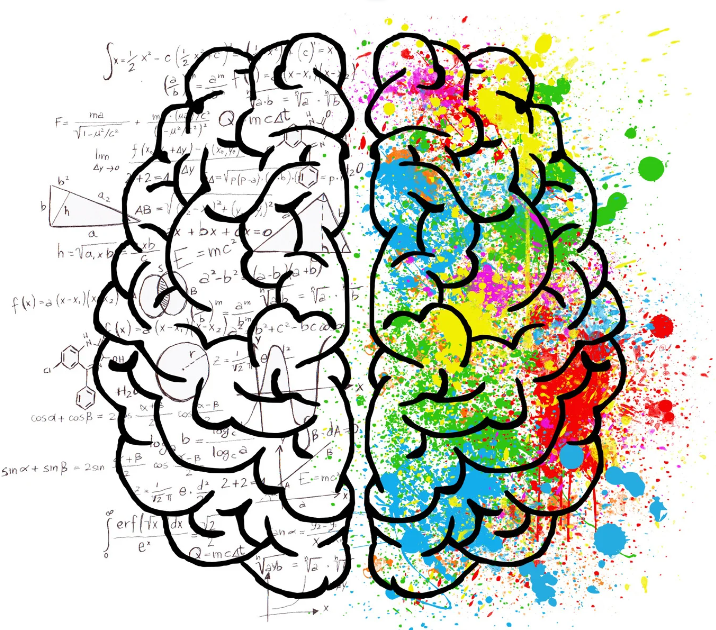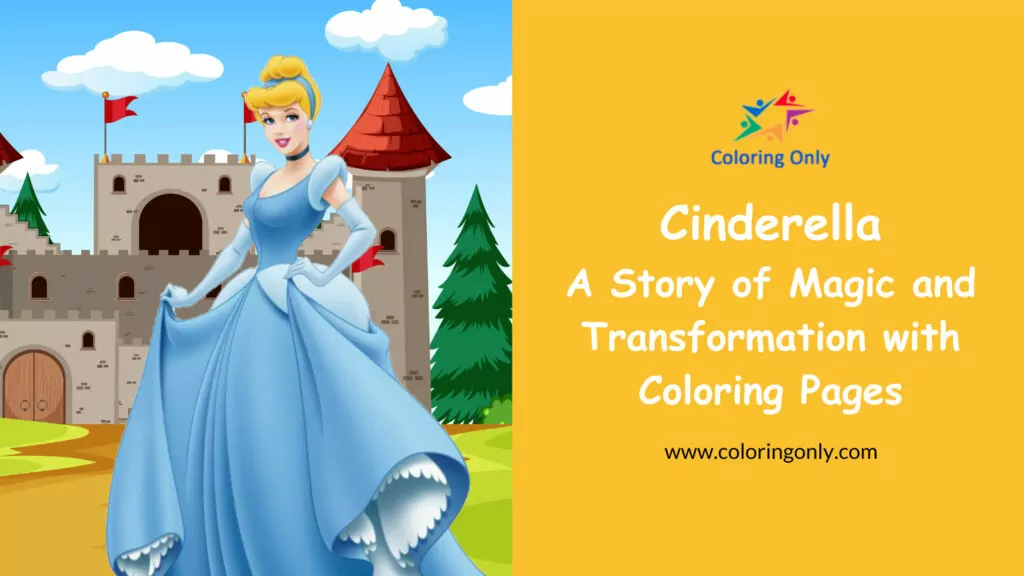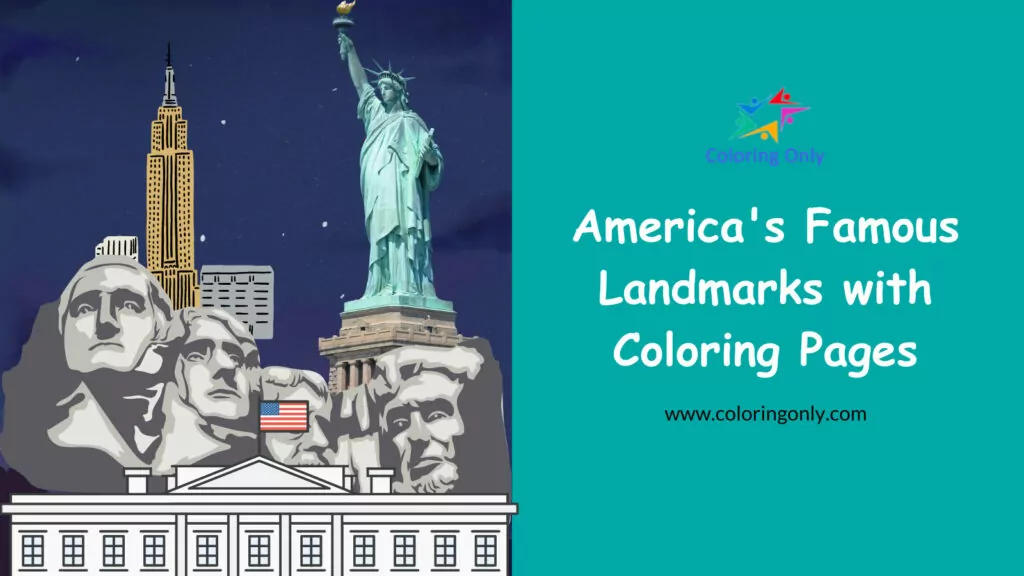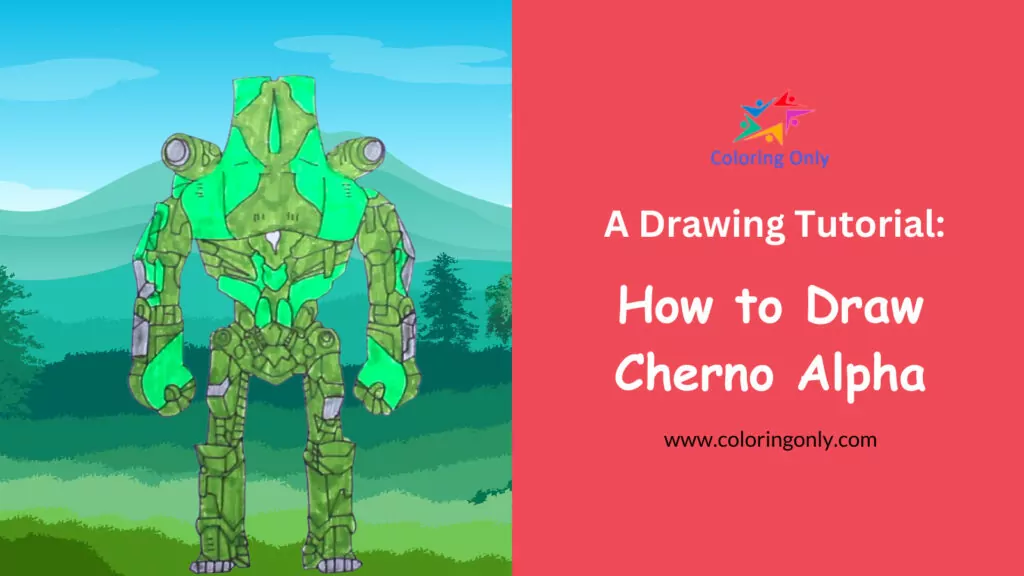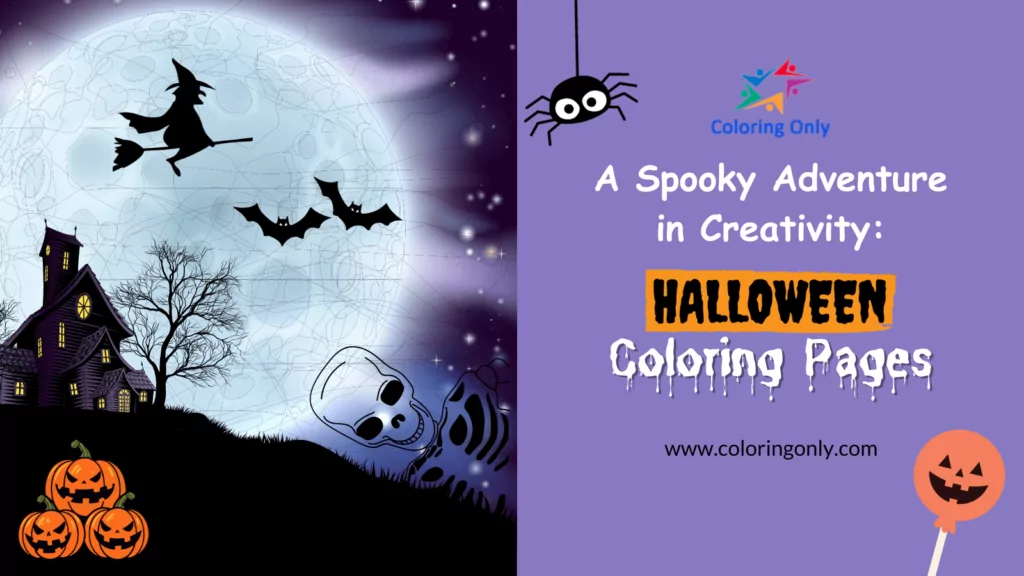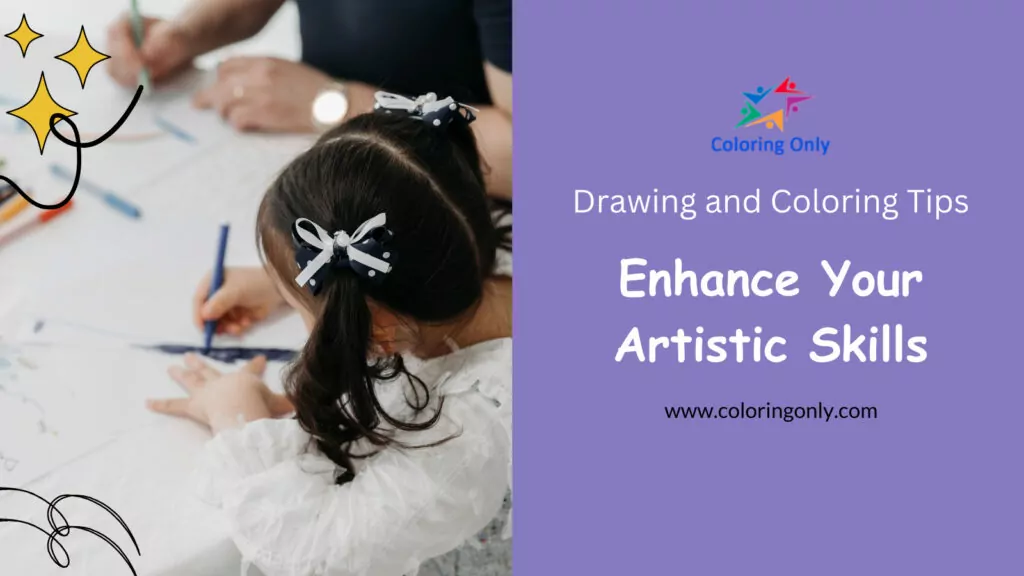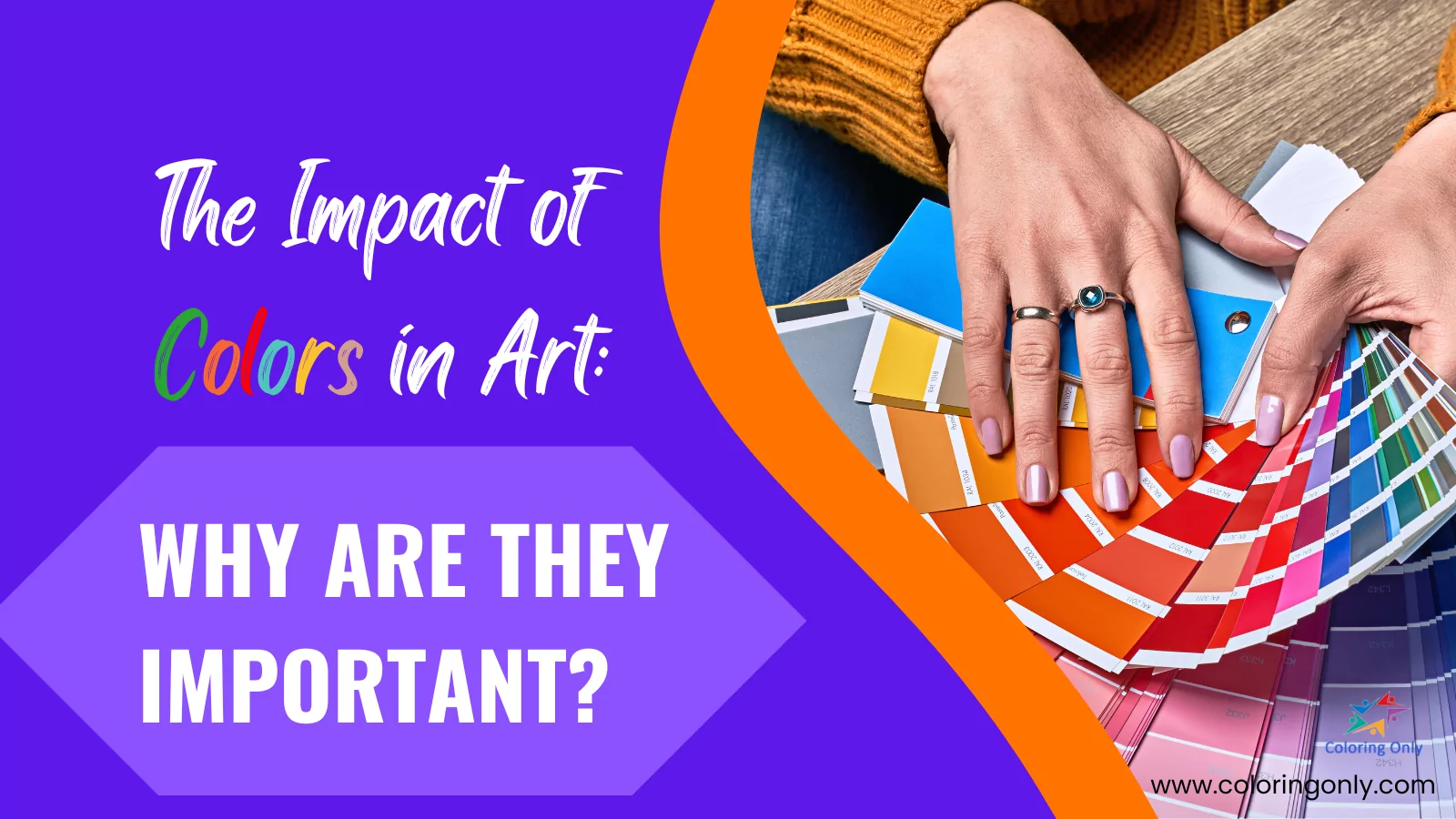
Color is a fundamental element in art and design. It can evoke emotions, tell a story, and even influence our thoughts and actions. Understanding color theory is crucial for artists, designers, and anyone who wants to communicate visually.
One of the most important aspects of color theory is the color wheel. The color wheel is a circular diagram that represents the relationships between colors. Primary colors (red, yellow, and blue) are the basis of all other colors on the wheel. Secondary colors (green, orange, and purple) are created by mixing primary colors. Tertiary colors are created by mixing primary and secondary colors.
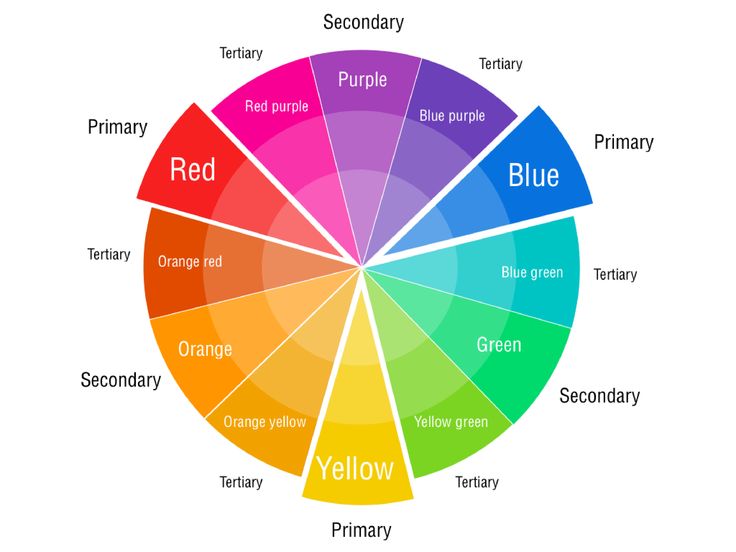
A circular diagram that represents the relationships between colors
Another key aspect of color theory is the color palette. It is a selection of colors used in a design or work of art. Artists and designers use color palettes to create harmony and balance in their work. You can generate your own color palettes using a color palette generator.

A color palette inspired by Africa on ColourLovers
For example, take a look at this color palette inspired by Africa on ColourLovers. The palette uses a variety of warm and cool colors, creating a vibrant and dynamic effect.
Color in Art History
Color has played a significant role in art history, with different art movements using color in unique ways. For instance, during the Renaissance art period, artists used color to create depth and realism in their paintings.
In contrast, the Post-impressionism movement, a movement influenced by Cubism, saw artists like Vincent van Gogh using bold and vibrant colors to express emotion. Similarly, the Cubism movement, pioneered by Pablo Picasso, used color to break down objects into geometric shapes.
Let’s look at a modern artist, André Derain. His work is influenced by the Fauvist movement, known for its bold and expressive use of color. In his painting, André uses vibrant reds, blues, and yellows to create an emotional impact rather than a realistic depiction.
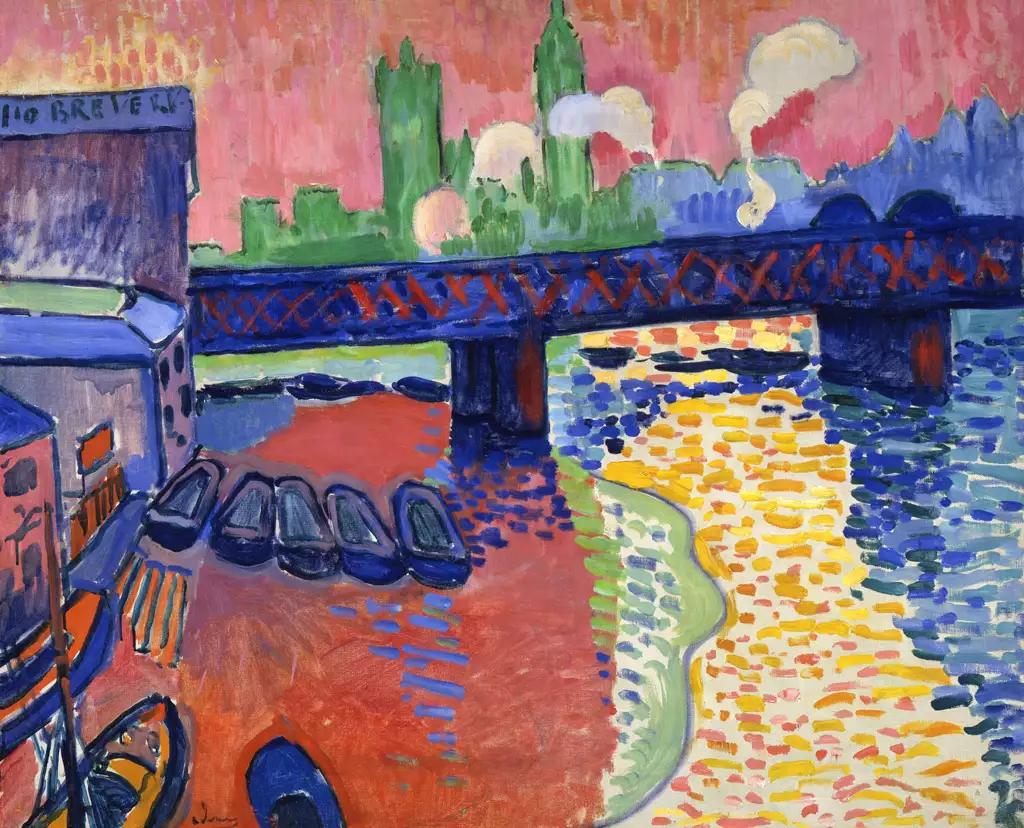
Charing Cross Bridge Painting by André Derain
The painting depicts a colorful riverside scene with a deep blue bridge, buildings in shades of blue and green, and a sky in red and pink hues. The water reflects these blue and red colors, adding an abstract quality to the painting.
André’s approach to color sets his work apart from traditional methods, showing that color is a powerful tool for artistic expression. This exploration of color in art history shows us that color is more than just a visual element.
Color Psychology in Art
Color isn’t just about aesthetics; it also has psychological implications. Color psychology is the study of how colors can influence our emotions and behaviors. Each color has different emotional impacts and meanings.
For example, red is often associated with passion and intensity, while blue can evoke feelings of calm and tranquility. Understanding these associations can help artists use color more effectively in their work.
To know more about Color Psychology, read this article: What Psychology Reveals about Color?
Interactive Coloring with ColoringOnly
Now that we’ve explored the theory, history, and psychology of color, it’s time to put that knowledge into practice. And what better way to do that than with some interactive coloring?
At ColoringOnly, we believe that coloring isn’t just for kids. It’s a fun, relaxing activity that can also be incredibly therapeutic. That’s why we offer a wide range of coloring pages for all ages, from simple designs for beginners to intricate mandalas for more advanced artists.
Here are some of our favorite nature-themed mandala coloring pages that you can try:
Tranquility in Nature Mandala Coloring Page: This free coloring page features a serene nature scene within a mandala design. It’s perfect for practicing your color palette skills.

Tranquility in Nature Mandala Coloring Page
Serene Nature Mandala House Design Coloring Page: Our coloring page combines architecture with nature in a unique mandala design.

Serene Nature Mandala House Design Coloring Page
Botanical Bliss Nature Mandala Coloring Page: This coloring printable is filled with beautiful botanical elements, offering plenty of opportunities to experiment with different color schemes.

Botanical Bliss Nature Mandala Coloring Page
Nature Mandala and Squirrel Coloring Page: Our coloring page features a cute squirrel surrounded by a nature-inspired mandala.
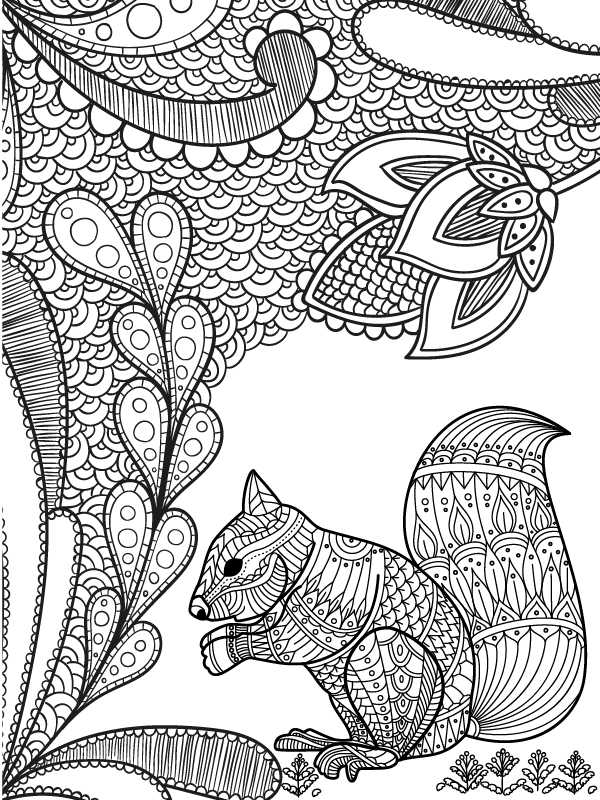
Nature Mandala and Squirrel Coloring Page
Vibrant Nature Mandala Coloring Page: This coloring page is designed to inspire creativity with its vibrant nature-themed mandala.
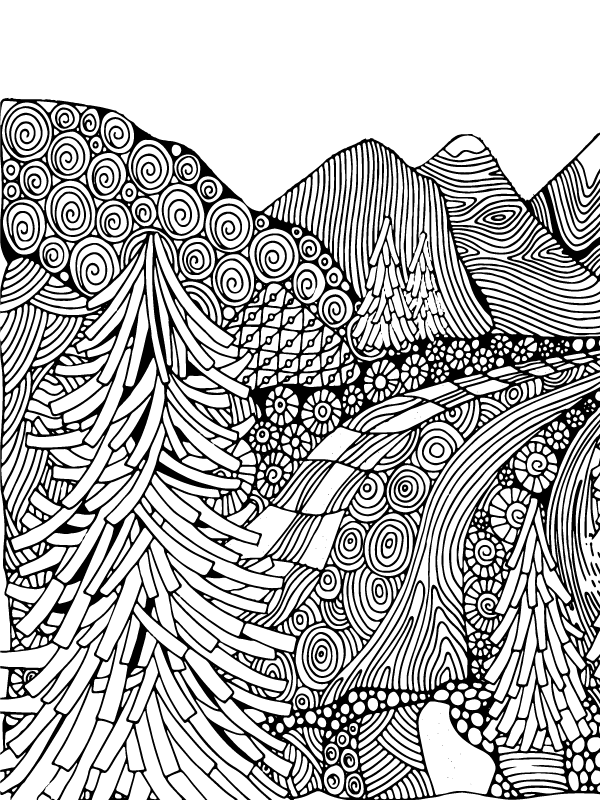
Vibrant Nature Mandala Coloring Page
In conclusion, color is not just a visual element in art; it’s a powerful language that artists use to express their ideas and emotions. From the color theories that guide the use of color, to the historical art movements that have each used color in unique ways, to the psychological impact that different colors can have, and finally, to the interactive coloring activities that allow us all to explore the world of color – each aspect plays a significant role in our understanding and appreciation of art. So why not give it a try? Grab your favorite coloring tools and start exploring the world of color.

